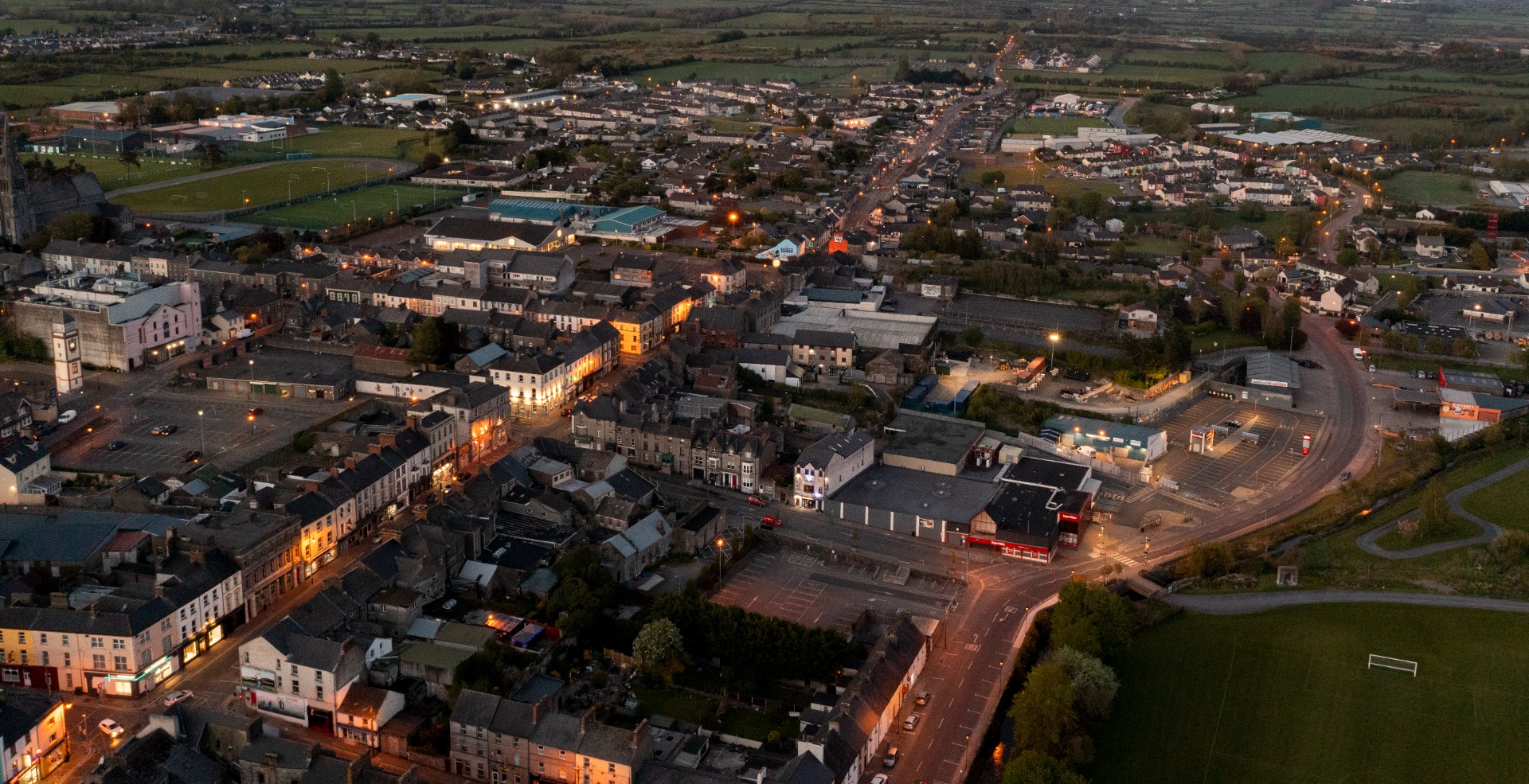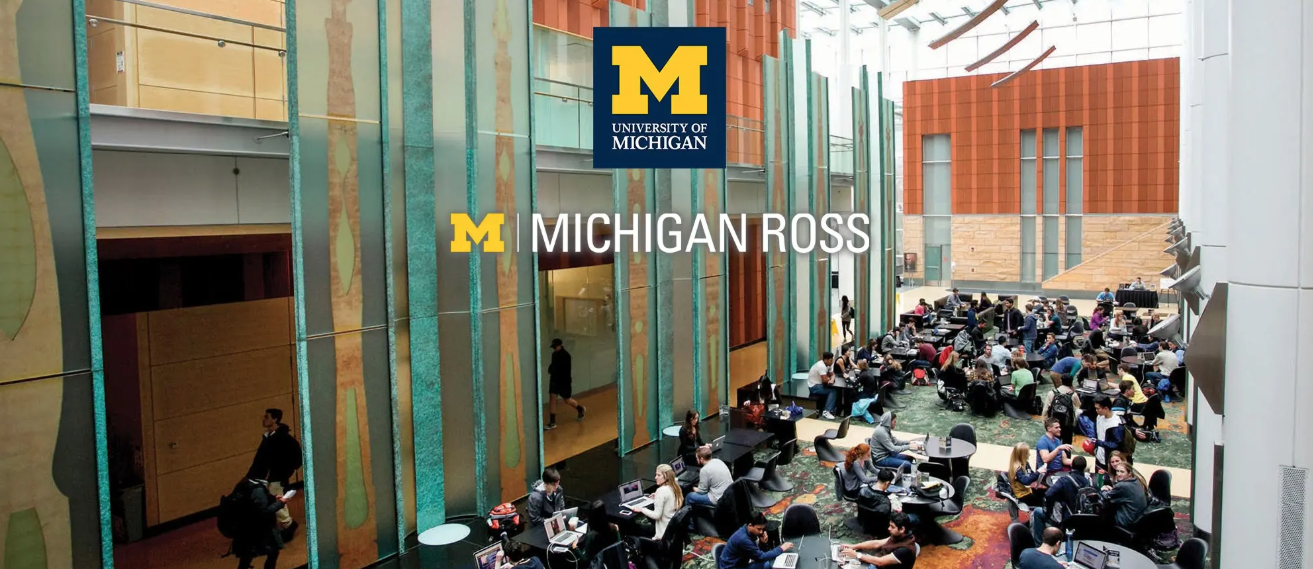Major study on Tipperary Town published

A team from the University of Michigan Ross School of Business has conducted a detailed study of Tipperary Town and has drafted a plan for the growth and revitalisation of the town.

Michigan University Report Charts Bold Path for Tipperary Town's Economic Revival
A landmark report from the University of Michigan's Ross School of Business has unveiled a comprehensive 10-year roadmap for Tipperary Town, offering a fresh and pragmatic vision to tackle longstanding economic challenges while celebrating the town's unique heritage and community spirit.
How the Report Came About
Commissioned by a coalition of local leaders and developed by a multidisciplinary Michigan Ross EMBA team, the report is the product of an intensive research process. Over 50 interviews and community forums were conducted with residents, merchants, farmers, educators, politicians, and business owners during a six-day in-country visit. This was complemented by deep secondary research leveraging Irish and U.S. economic data, benchmarking studies, and comparative analyses with thriving commuter towns in both countries.
The project's goal was clear: to provide actionable, evidence-based recommendations that would elevate Tipperary Town's socioeconomic performance to at least the Irish national median within a decade. The research team worked closely with local stakeholders, ensuring the plan reflects the aspirations and realities of the community.
Key Findings: Challenges and Opportunities
1. Economic and Social Challenges
- Tipperary Town has faced decades of economic stagnation, high unemployment, and youth outmigration, exacerbated by the loss of major employers and manufacturing jobs.
- Infrastructure bottlenecks, especially severe traffic congestion on the N24/N74, underutilised rail services, and a lack of modern amenities, have hindered growth.
- Housing shortages, high construction costs, and numerous derelict properties on Main Street further constrain development.
- The town's business environment is challenged by high operational costs, regulatory hurdles, and a lack of incentives for property renewal or new enterprise.
2. Unique Strengths
- Strategic location near Limerick City, with existing rail access and plans for a bypass.
- Rich cultural and sporting heritage, including the Tipperary Racecourse and proximity to world-class equine facilities.
- An engaged, passionate community with a strong sense of identity and pride.
3. Community Engagement
- While the community is motivated, efforts have often been fragmented, with divergent views leading to stalled projects and missed opportunities.
- There is a widespread sense of underrepresentation at county and national levels, contributing to frustration and a lack of coordinated action.
Strategic Vision: Positioning Tipperary as a Premier Commuter Town
The report's cornerstone recommendation is to position Tipperary Town as a differentiated, desirable commuter hub for Limerick City and beyond. This strategy leverages its central location, affordability, and potential for high-quality living, aiming to attract both physical commuters and remote workers—particularly families and single parents—by enhancing connectivity, childcare, and digital infrastructure.
Key Pillars of the Plan:
Product: Create a high-quality, connected living experience through community engagement, infrastructure upgrades, and improved amenities.
Price: Ensure affordability with targeted grants, tax incentives, and streamlined regulations to support both residents and businesses.
Place: Enhance physical and digital accessibility, develop pedestrian-friendly zones, expand co-working spaces, and integrate the upcoming bypass.
Promotion: Rebrand Tipperary Town, launch strategic marketing campaigns, and leverage major events (such as the Ryder Cup 2027) to boost visibility and tourism.
Learning from Global Success Stories
The report draws on case studies from rapidly growing U.S. commuter towns and Detroit's post-industrial resurgence, emphasising the importance of:
- Strategic infrastructure investment
- Public-private partnerships
- Pro-business incentives
- Community-driven revitalisation of public spaces and cultural assets
Actionable Roadmap and Performance Metrics
The plan is structured in three phases (short, mid, and long-term), each with clear milestones:
- Immediate goals include securing funding, launching community events, and improving public transit.
- Mid-term actions focus on downtown revitalization, expanding recreational spaces, and supporting local businesses.
- Long-term objectives include completing the bypass, developing sustainable transport, and attracting new residents and employers.
Key performance indicators will track progress in unemployment, population growth, property renewal, childcare capacity, and citizen engagement, with the ultimate aim of making Tipperary Town a benchmark for rural regeneration in Ireland[1].
Conclusion: A Call for Unity and Action
The Michigan University report is a testament to Tipperary Town's resilience and potential. It calls for a united community effort, strategic choices, and a willingness to embrace change. By focusing on its strengths and making bold, market-driven decisions, Tipperary Town can secure a vibrant, sustainable future—one where its children choose to stay, work, and thrive[1].
"The community is powerful, but it needs to align for the Town to reach its true potential... Tipperary Town honours its rich history, but it looks forward with hope and determination toward a brighter future."
The full study and report can be downloaded here. Just click the download button below:
